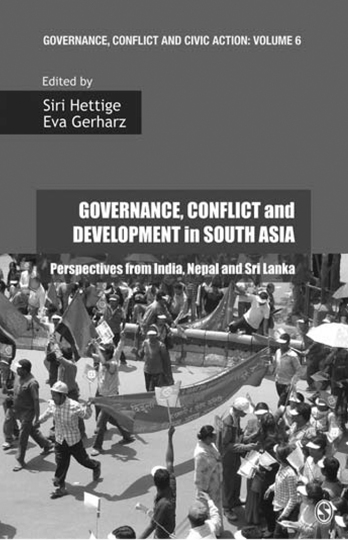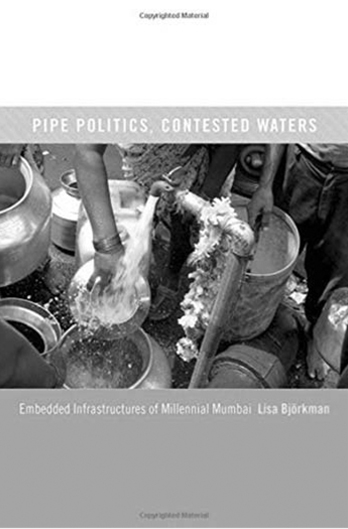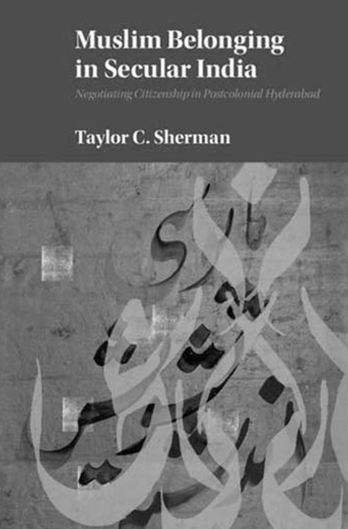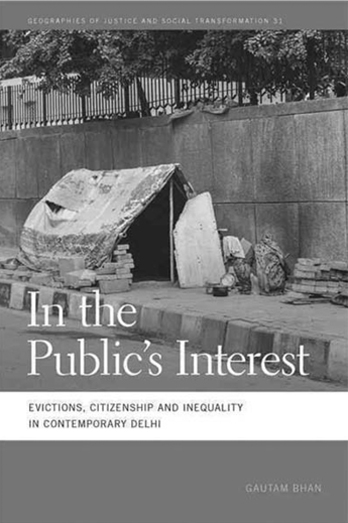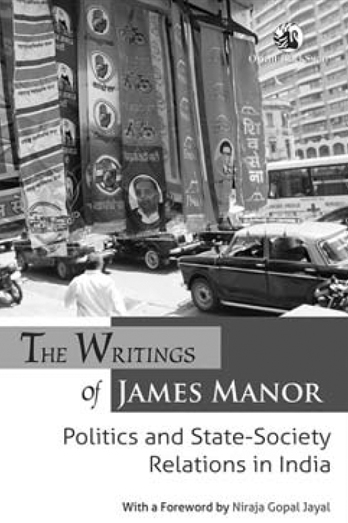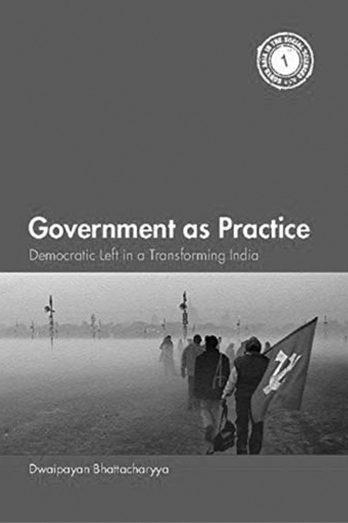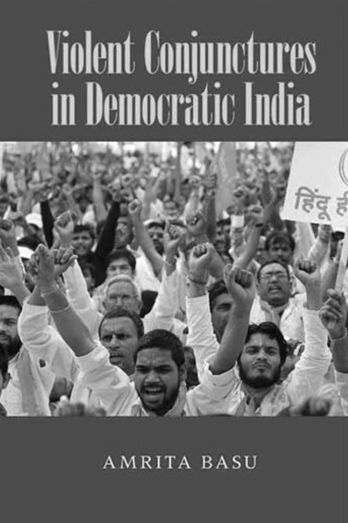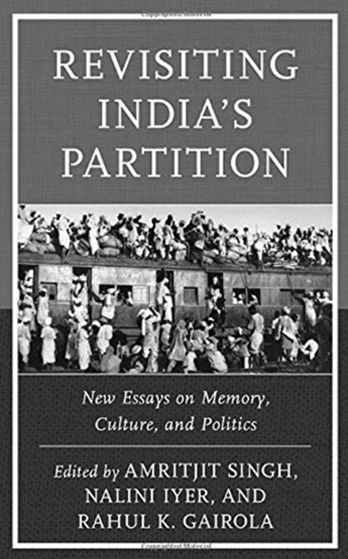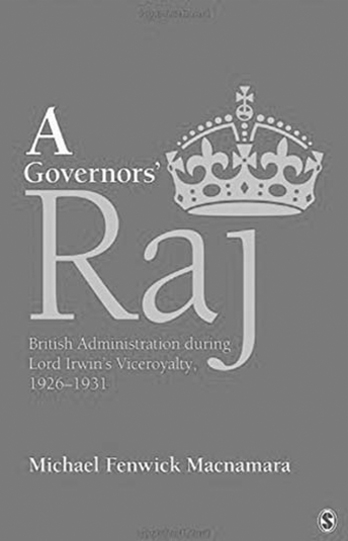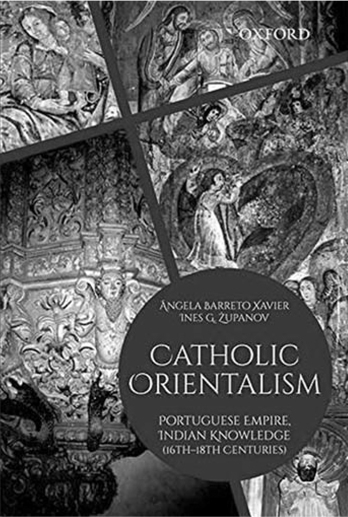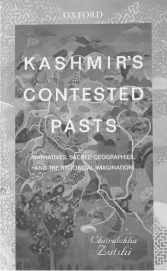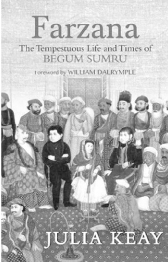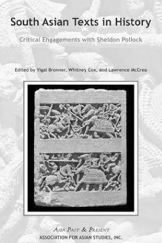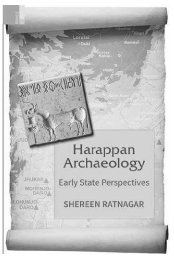2015
Three essential elements of social experience, namely, governance, development and conflict, are intimately intertwined.Sometimes confusion arises because we are confronted with situations when apparently developed situations too lead to conflicts as was seen in the Khalistan movement in India’s Punjab province in the late seventies and early eighties, or what, has been happening in Kashmir. Punjab was one of the traditionally prosperous States of India, and so far as Kashmir is concerned, it is one the biggest recipients of central assistance. It is, therefore, not always simply that economic hardship alone leads to societal conflicts. The relationship is much more complex, and that is what the present book under review underscores.

